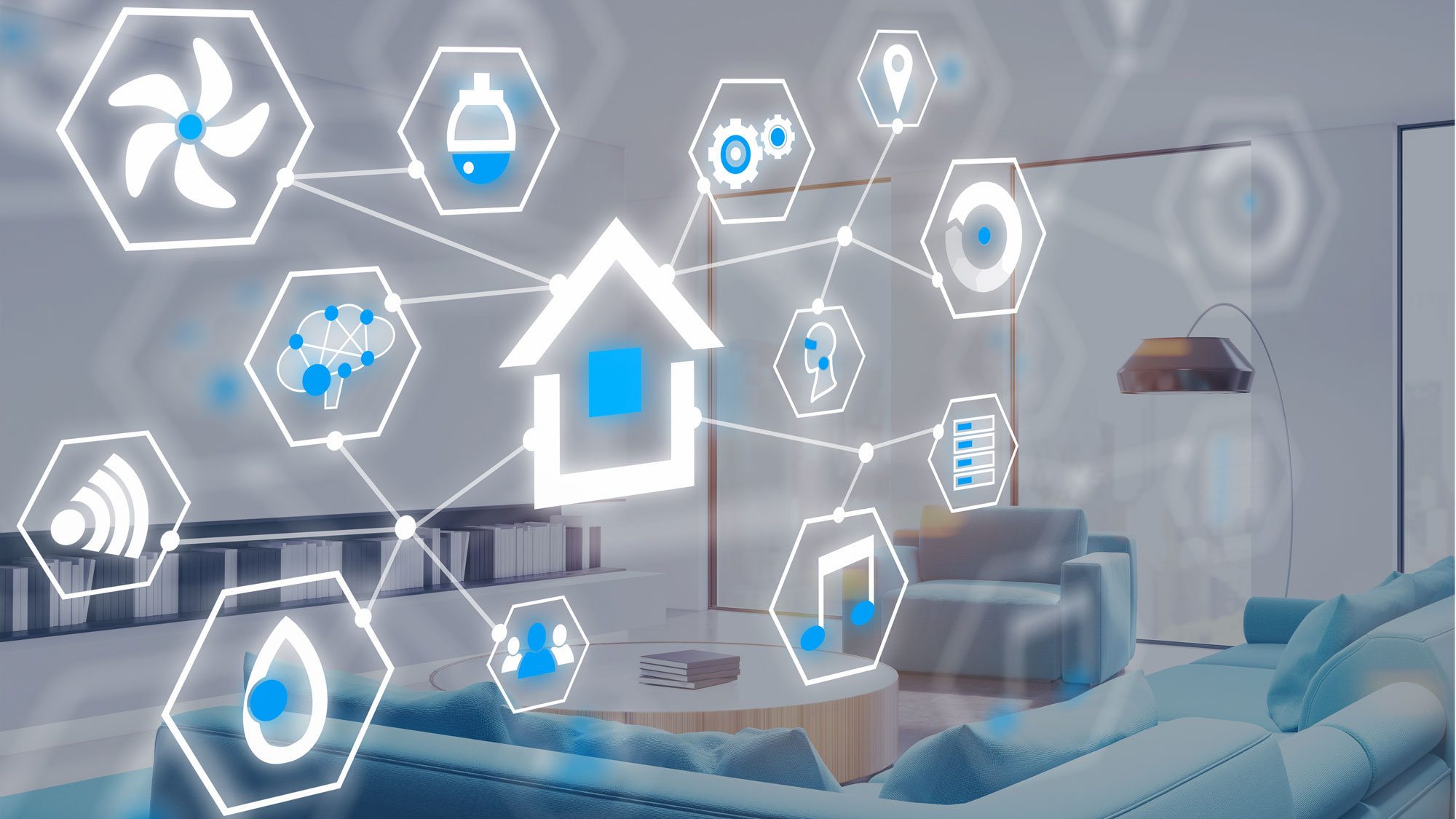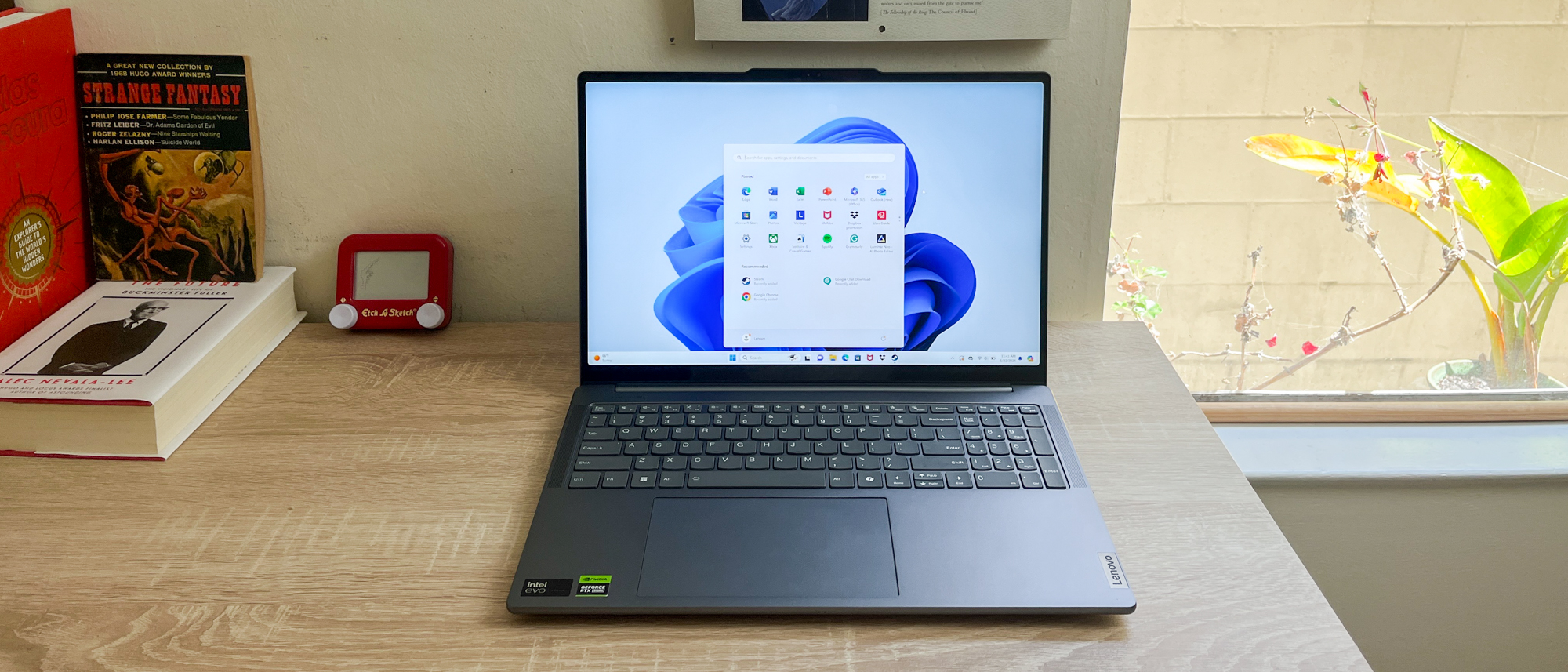How to sell your smart home
Moving? Here’s what to do whether you plan to take or leave your smart-home devices.

Are you selling your place? You might consider keeping some of your smart devices installed while showing off your property. Investing in this technology for the first time won't add value to your home like other construction projects. But it can help speed up the sale of a home.
Before you put your smart house on the market, consider making a few adjustments to the devices that remain active. Here are some tips on staging your smart home and how to set it up so that it doesn’t creep out folks during an open house. We'll also walk you through how to ensure that the accounts tied to the smart devices you're taking with you stay with you when you move out.
Show off what you're selling

Don't worry too much about investing in "smart stuff" for the sake of it, as it won't increase the value of your home. But like updating baseboards and fixtures around your house, adding a couple of automated gadgets can help the house sell faster once it hits the market. A majority of brokers and agents agree that a little smart-home technology in the house can not only help in marketing a home, but it can also help streamline a sale since there are enough people interested in integrating it. The National Association of Realtors found that more than 40% of clients were interested in the technology. "With tight housing and older inventory in the U.S., many buyers may find a home without smart devices and add them on once they purchase," said Jessica Lautz, the National Association of Realtors' vice president of demographics and behavioral insights.
If you do decide to enhance your home with a few smart gadgets for the sake of optics, you don't have to spend a ton springing for the marquee brands. A smart thermostat like the sub-$200 Nest Thermostat E or the Honeywell Lyric T5 will do the job, and both are name brands. If you want something Wi-Fi-connected for less than $100, the Lux Products Geo-WH Wi-Fi Thermostat is also a well-rated choice.
You don’t have to splurge on a smart smoke detector. A smoke alarm listening device like the Ecolink Z-Wave Plus Audio Detector costs only $40. It is as effective as the $120 Nest Protect at alerting you of an emergency, as long as there are existing smoke alarms and carbon monoxide detectors in the home. But it's not a necessity and shouldn't make your list of "absolute upgrades" unless you're selling your home with an existing smart-home hub setup.
Swapping out a few light switches with the GE C-Start Smart Switch Motion Sensing Dimmer can help show what the house is like with Wi-Fi-connected lighting. It doesn't require a hub to work, either. If you have fixed light fixtures, replacing traditional bulbs with smart light bulbs from TP-Link or Sengled, which work like the pricier Philips Hue and Lifx bulbs, also achieves the same effect.
If you do decide you want to invest in smart home technology, consider automated smart blinds from brands like Lutron, or appliances like Wi-Fi-connected washers and dryers from a brand like LG, Samsung or GE. These are all things that you might leave behind when you sell the house, and they add a nice bit of flair in the listing for your home.
Sign up to get the BEST of Tom's Guide direct to your inbox.
Get instant access to breaking news, the hottest reviews, great deals and helpful tips.
Make sure that the agent showing off your house knows how to use the smart devices in your home. "Any special features of a home can help the interest of a property, especially smart-home features that could appeal to a wide range of buyers," said Lautz. You might consider leaving behind an old tablet or smartphone with a guest login, and the apps needed to control the devices. An agent can only use the tech as a selling point if they know how to use it — otherwise, it sits there as an accessory that is not even mentioned in the walkthrough.
Swap out what you're not leaving behind

When I moved to a new house, I took all my smart devices with me to the new place. The only ones I left out were ones explicitly used for staging, and I made sure that my agent was aware that they were not part of the sale. Before we opened the house for walkthroughs, we swapped out the Nest thermostat and smoke detectors for regular ones. You'll need a thermostat for your HVAC system, plus a smoke detector for every room of the house. The cost of these may very well add up to one Nest Protect, but at least it gets the point across that the connected products are not part of the sale.
Mute any open mics

If you do plan to use smart displays or smart speakers for staging — or to allow your agent to show off what the house is capable of when the buyer brings their own Google Assistant- or Alexa-enabled smart speaker in the mix — be sure to mute the microphones and shield the cameras. "Some buyer's agents are advising clients not to speak in the home itself and to wait until they are in the car to provide feedback on the home, as one must assume there is a smart device present," said Lautz. "Other agents first walk into a home and purposely say 'Ok, Google, Hi, Siri' to find out who is listening."
To that end, taking devices offline is also a good idea. I took down my Nest Secure security system, along with the door and window sensors, and left only one security camera up for surveillance while we were still living in the house. The security camera remained face down and unplugged during open showings.
Be sure to factory reset all your devices
If the buyer is inheriting some of your smart devices, the Federal Trade Commission (FTC) suggests disclosing all smart devices that reside in the home. This includes obvious devices like thermostats and light bulbs, but also any stray security system accessories or motion sensors that may be inoperable.
Once you've listed the devices, and the accounts and services that they connect to, be sure to cancel or change the account settings before you pack up your last moving box. Most factory reset settings are easily searchable online. For light bulbs, for instance, merely flicking a switch several times on the connected bulbs will reset them. You can also manually delete devices from within the respective app, so that they're no longer associated with your account.
To delete devices from your Google, Amazon or Apple accounts, try removing the account associated with the device altogether. Don't worry about re-pairing anything until you're set up in your new abode. It's much easier to effectively start from scratch than going through each device and ensuring that they're no longer associated with the home.
If you're leaving behind any smart speakers from Amazon, Apple or Google, you'll have to factory reset. For Google products, you can do so by using a small button embedded on the bottom of most devices. Apple also offers a helpful support page for factory resetting the HomePod, as does Amazon for its Echo smart devices.
Lastly, just as you would leave paint buckets behind for the new owners, leave the boxes and instructions for the smart devices in a prominent place. And let your realtor know, so that they can pass off the information.
Florence Ion has worked for Ars Technica, PC World, and Android Central, before freelancing for several tech publications, including Tom's Guide. She's currently a staff writer at Gizmodo, and you can watch her as the host of All About Android on the This Week in Tech network.

